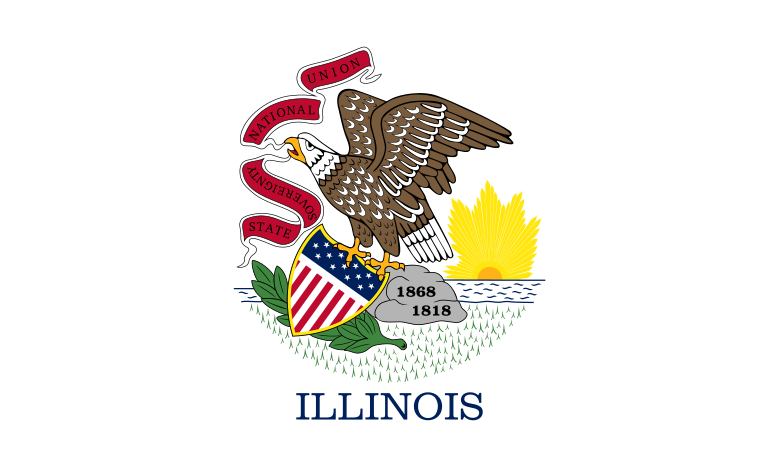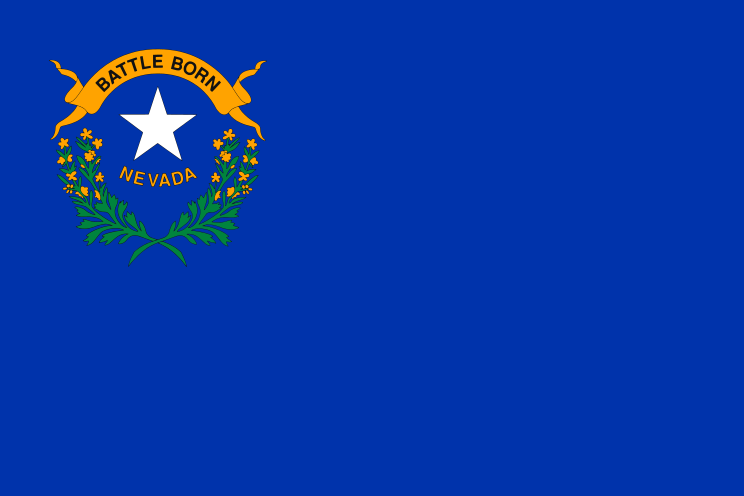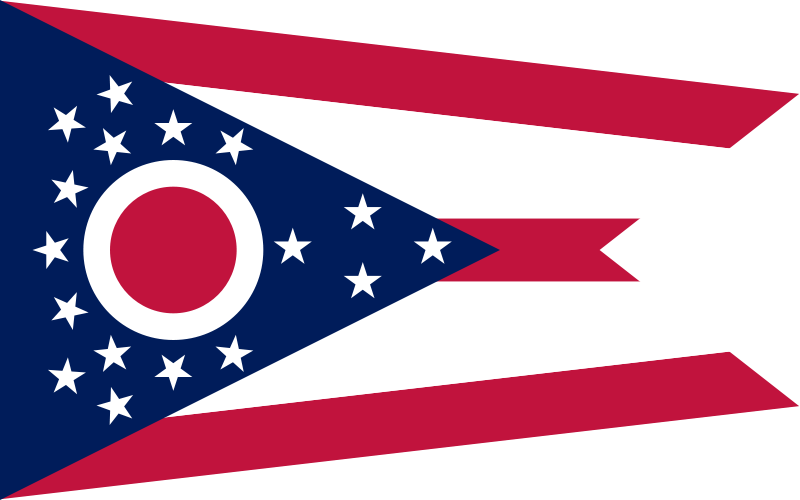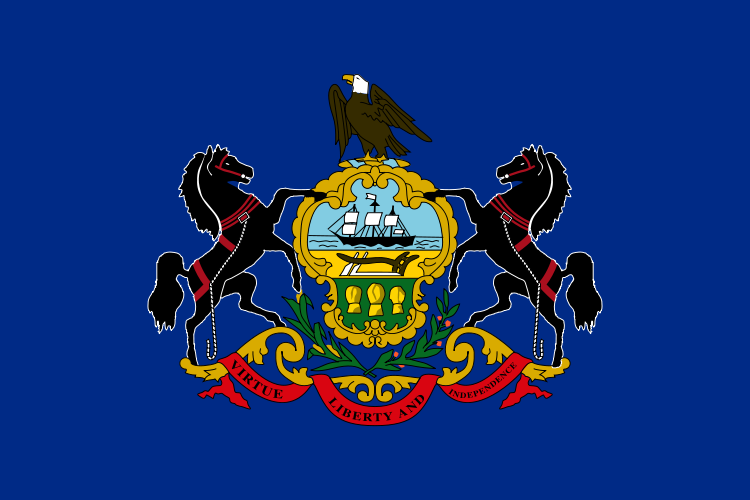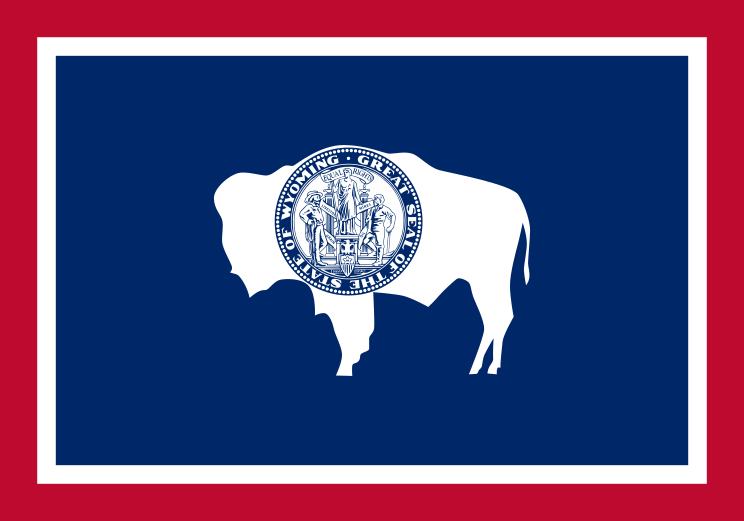
the green green grass of home: the view from our Air France plane as we crossed over the channel back into England.
we had been wanting to visit the London England LDS Temple during our stay in the UK, but as the name doesn't imply, this building is a good 30 miles or so outside the city center, which is a long way in that part of the world. so we planned our return to the States for a couple of days after we got back from France, giving ourselves time to get a car and drive down to the little village of Lingfield and spend some time in the serenity that it and the temple would provide. before that, however, we had to pick up our things from Kim and Todd's place, which was right in the heart of London. we did this with the aid of our little rental car, a Peugeot 207, but going from Heathrow to Holborn, even after the congestion charge hours, is a lot like driving into the heart of darkness. suffice it to say that i don't recommend driving in Central London to anyone who isn't a serious thrill seeker.

Jill's day- and nighttime views of the London England Temple and its reflection in a pond on its large grounds.

we did make it unscathed though, and from there on to the temple, which is in beautiful Surrey countryside close to Gatwick airport. the temple itself sits on a 32 acre estate known as Newchapel Farm, which boasts gardens, a large reflecting pond and an Elizabethan mansion called the Manor House. the church has also built some dormitory-type buildings for visiting patrons of the temple, which is where we stayed our two nights there.

the Elizabethan "Manor House" that stands on the 32 acres of temple grounds at Newchapel Farm. below, the church really is going into every nation; a selection of the signs we've seen on church buildings in the course of our travels, clockwise from top left: outside the London Temple; on our newly built stake center in Taichung, Taiwan; in front of the Hong Kong Temple in Kowloon; on the chapel we went to for services in the Beauborg area of Paris; on the steeple of the Seoul Korea Temple; in Welsh at the new Chester chapel; and the sign on our Meito Ward chapel in eastern Nagoya, Japan. the sign in the background is also from the London Temple.

i had been to the temple once before in 1992, for its open house and re-dedication after being refurbished, but i hadn't remembered how incredible the grounds and surroundings were. it can be a bit of a hassle to get all the way out there in the countryside, but it's well worth the effort. one place that probably wasn't was one i hadn't ever been before, the famed seaside town of Brighton, another 30 miles south of the temple on the Channel coast. since we had a car, we decided to give it a look, but weren't too impressed by the "beach" made all of pebbles and rocks. still, they made for some good entertainment on an otherwise dull and dreary day:

Jill launches pebbles toward the surf on the "beach" at Brighton. this strip is lined with hotels and a large pier is just visible off in the distance.
so we didn't stay long in Brighton despite the serious entertainment provided by trying to hit other airborne rocks with pebbles (which never worked). i'm sure it's a very nice place to be during the season (notwithstanding all the others who flock there, thinking the same thing), but it was pretty chilly and couldn't hold a candle to the temple environs. what a nice way to spend the last few days of our European vacation.



























































